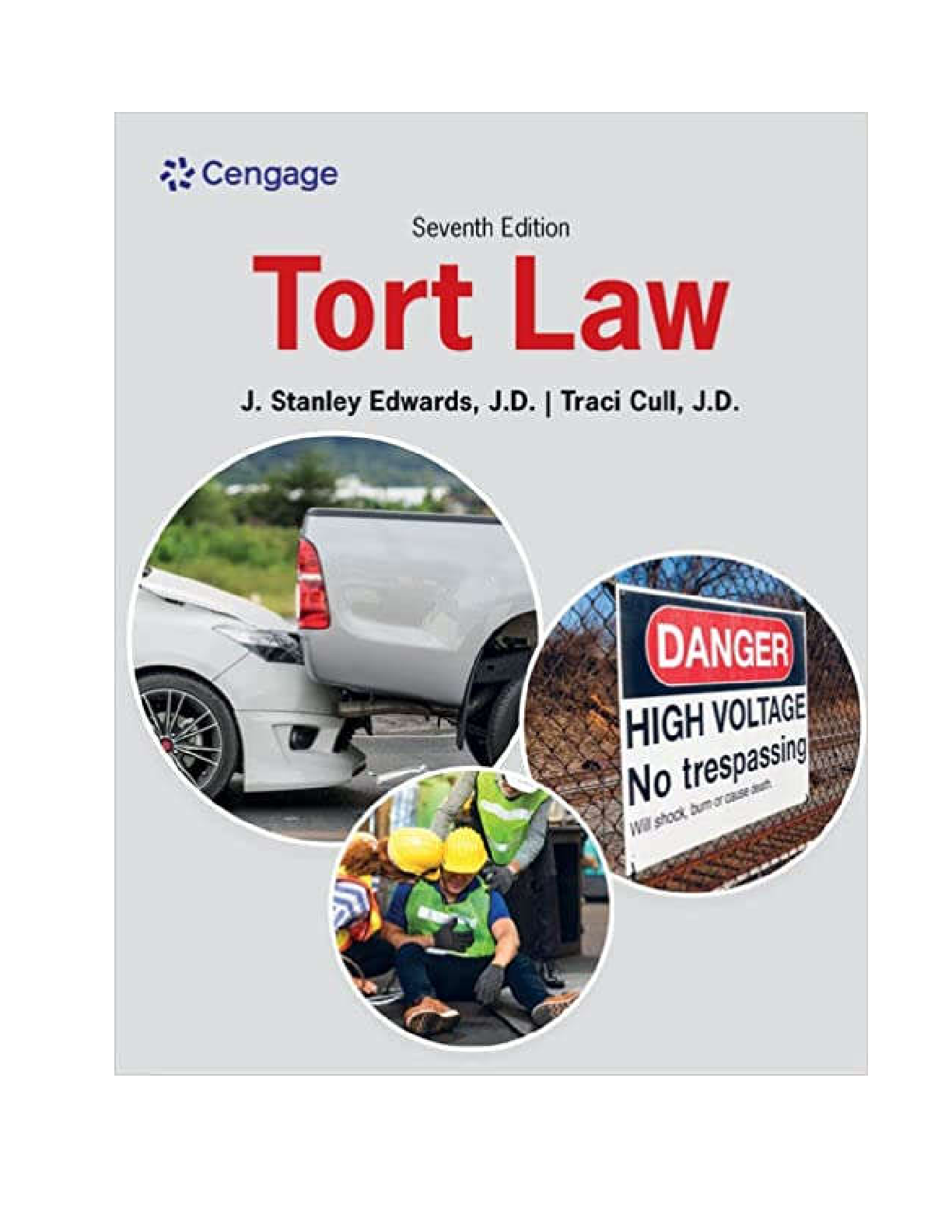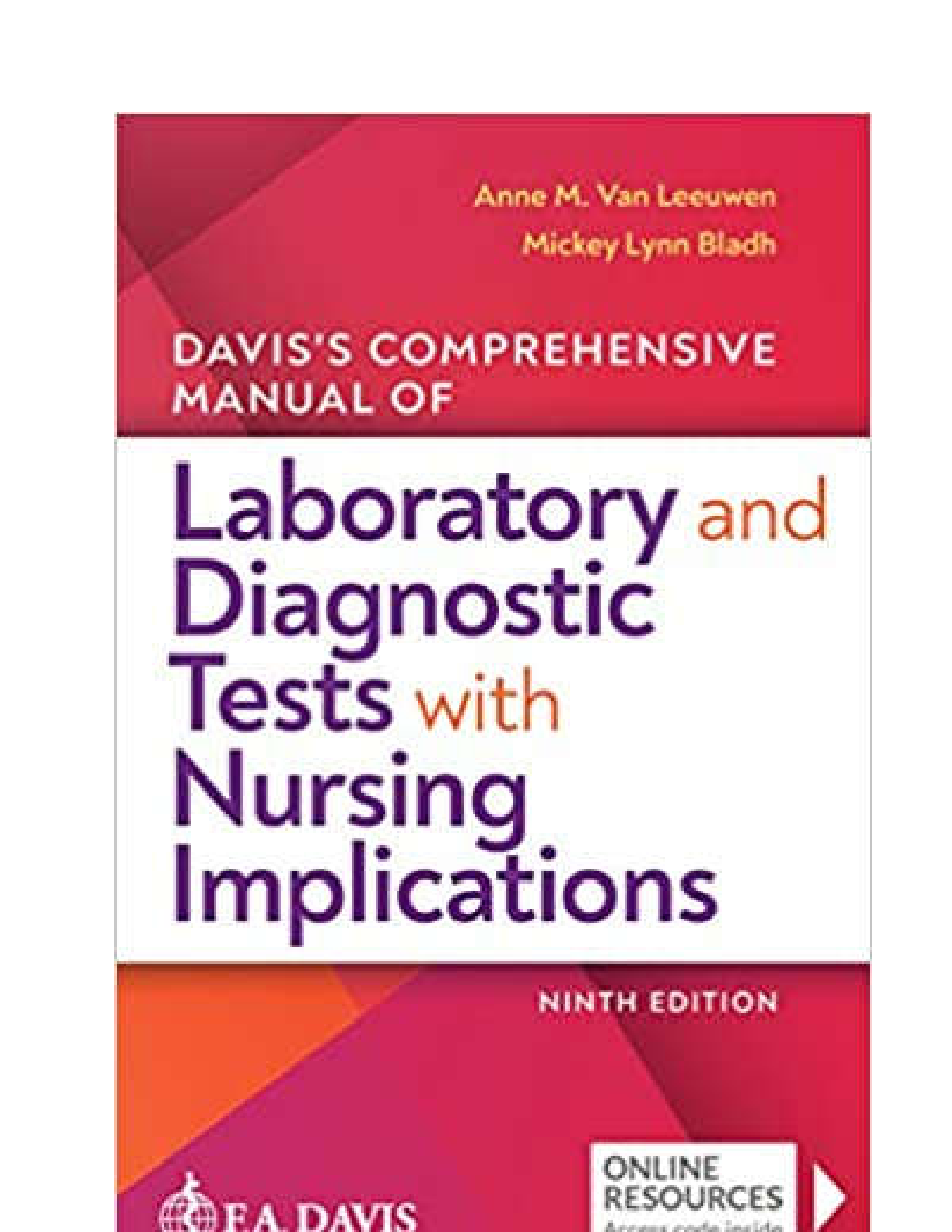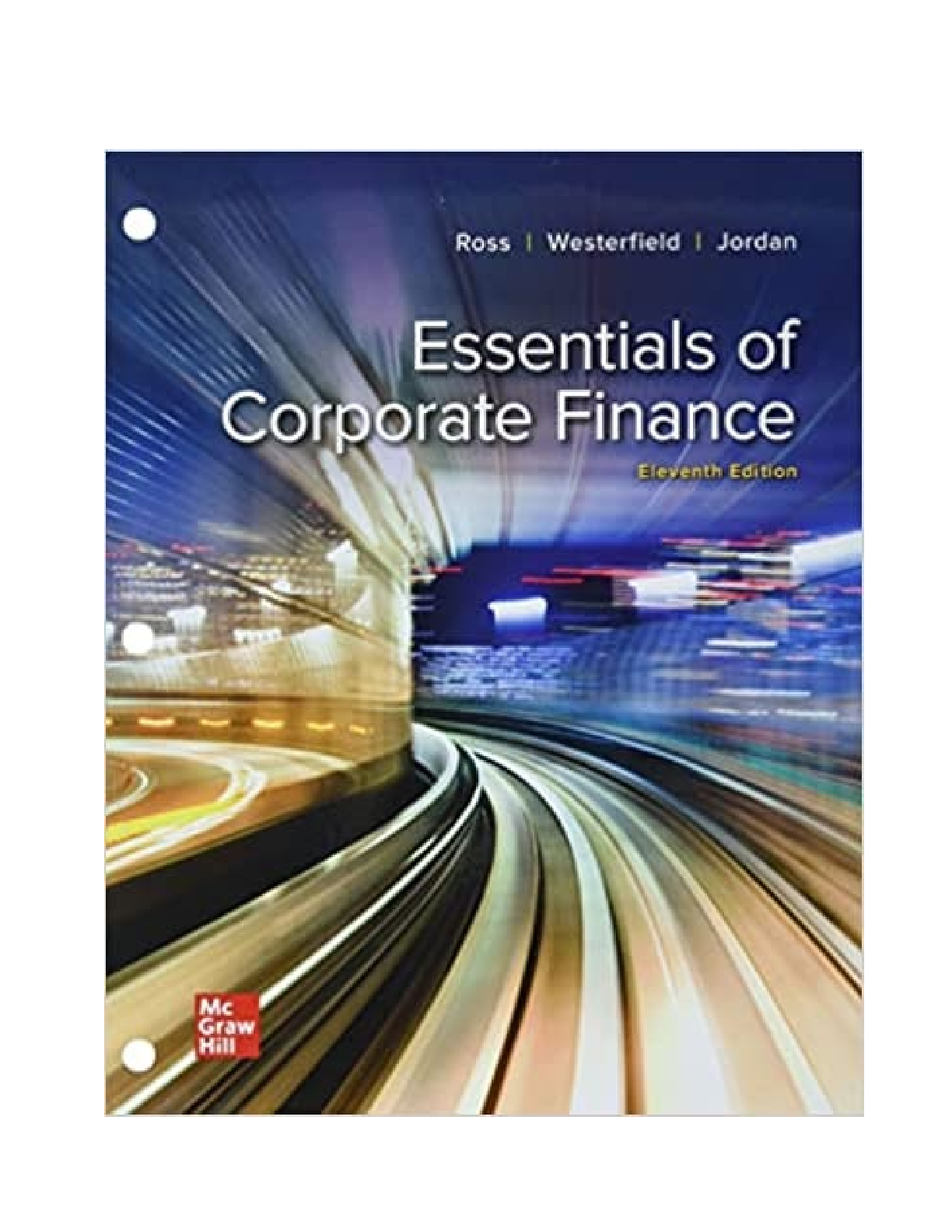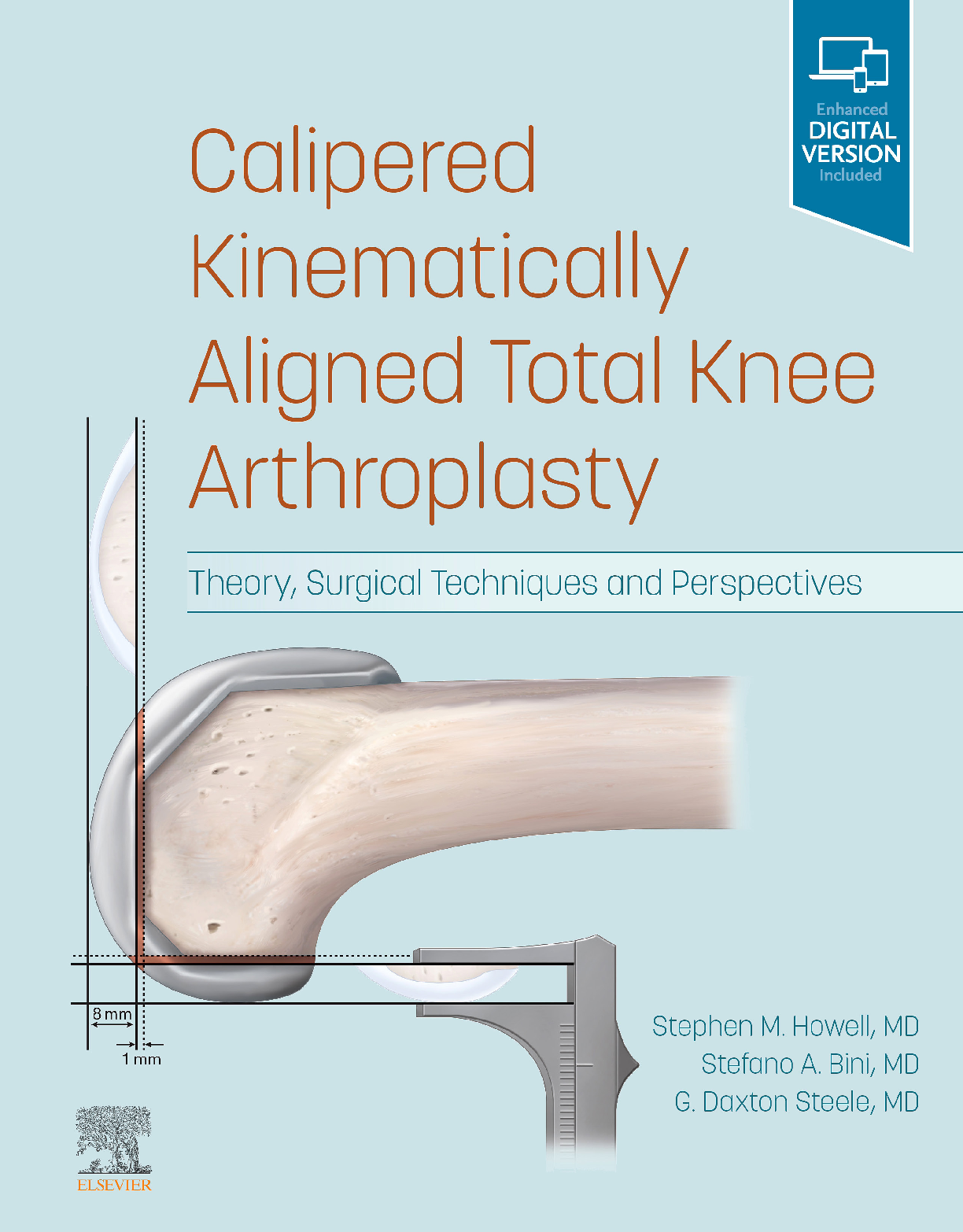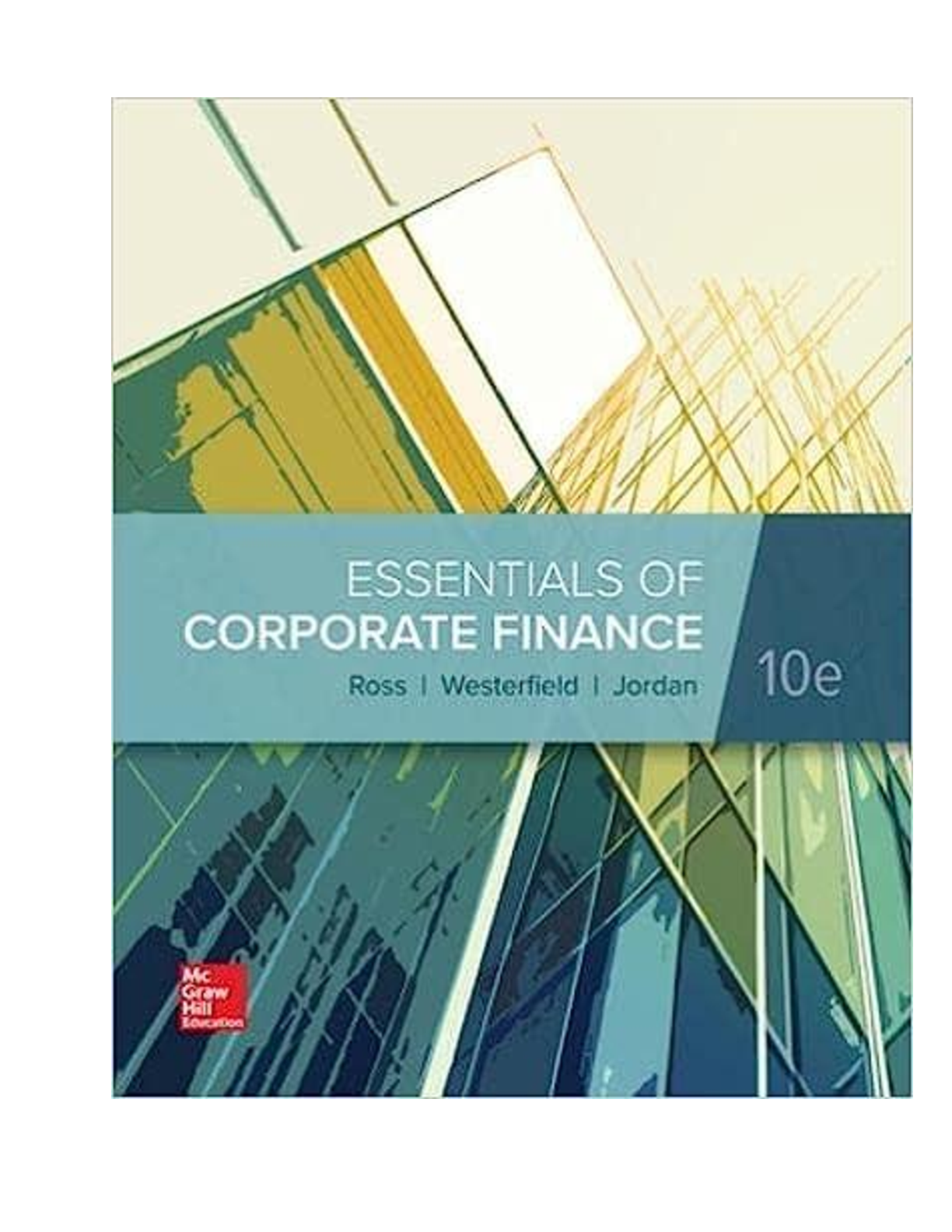Electronics > eBook-PDF > eBook for Delmar's Standard Textbook of Electricity 7th Edition By Stephen L. Herman (All)
eBook for Delmar's Standard Textbook of Electricity 7th Edition By Stephen L. Herman
Document Content and Description Below
eBook for Delmar's Standard Textbook of Electricity, 7th Edition Stephen L. Herman Get all 35 Chapters eBook PDF. Introduction Section 1: Safety, Basic Electricity, and Ohm's Law Safety Overvi... ew S-1 General Safety Rules S-2 Effects of Electric Current on the Body S-3 On the Job S-4 Protective Clothing S-5 Ladders and Scaffolds S-6 Fires S-7 Ground-Fault Circuit Interrupters S-8 Arc-Fault Circuit Interrupters (AFCIs) S-9 Grounding Summary Review Questions Unit 1: Atomic Structure 1-1 Early History of Electricity 1-2 Atoms 1-3 The Law of Charges 1-4 Structure of the Atom 1-5 Electron Orbits 1-6 Valence Electrons 1-7 The Bump Theory 1-8 Power Sources 1-9 Insulators 1-10 Semiconductors 1-11 Molecules 1-12 Methods of Producing Electricity 1-13 Electrical Effects Summary Review Questions Unit 2: Electrical Quantities and Ohm's Law 2-1 The Coulomb 2-2 The Ampere 2-3 The Electron Flow Theory 2-4 The Conventional Current Flow Theory 2-5 Speed of Current 2-6 Basic Electric Circuits 2-7 The Volt 2-8 The Ohm 2-9 The Watt 2-10 Other Measures of Power 2-11 Ohm's Law 2-12 Metric Prefixes Summary Review Questions Practice Problems Unit 3: Static Electricity 3-1 Static Electricity 3-2 Charging an Object 3-3 The Electroscope 3-4 Static Electricity in Nature 3-5 Nuisance Static Charges 3-6 Useful Static Charges Summary Review Questions Unit 4: Magnetism 4-1 The Earth Is a Magnet 4-2 Permanent Magnets 4-3 The Electron Theory of Magnetism 4-4 Magnetic Materials 4-5 Magnetic Lines of Force 4-6 Electromagnetics 4-7 Magnetic Measurement 4-8 Magnetic Polarity 4-9 Demagnetizing 4-10 Magnetic Devices Summary Review Questions Unit 5: Resistors 5-1 Uses of Resistors 5-2 Fixed Resistors 5-3 Color Code 5-4 Standard Resistance Values of Fixed Resistors 5-5 Power Ratings 5-6 Variable Resistors 5-7 Schematic Symbols Summary Review Questions Practice Problems Section 2: Basic Electric Circuits Unit 6: Series Circuits 6-1 Series Circuits 6-2 Voltage Drops in a Series Circuit 6-3 Resistance in a Series Circuit 6-4 Calculating Series Circuit Values 6-5 Solving Circuits 6-6 Voltage Dividers 6-7 The General Voltage Divider Formula 6-8 Voltage Polarity 6-9 Using Ground as a Reference Summary Review Questions Practice Problems Unit 7: Parallel Circuits 7-1 Parallel Circuit Values 7-2 Parallel Resistance Formulas Summary Review Questions Practice Problems Unit 8: Combination Circuits 8-1 Combination Circuits 8-2 Solving Combination Circuits 8-3 Simplifying the Circuit Summary Review Questions Practice Problems Section 3: Meters and Wire Sizes Unit 9: Measuring Instruments 9-1 Analog Meters 9-2 The Voltmeter 9-3 Multirange Voltmeters 9-4 Reading a Meter 9-5 The Ammeter 9-6 Ammeter Shunts 9-7 Multirange Ammeters 9-8 The Ayrton Shunt 9-9 AC Ammeters 9-10 Clamp-On Ammeters 9-11 DC-AC Clamp-On Ammeters 9-12 The Ohmmeter 9-13 Shunt-Type Ohmmeters 9-14 Digital Meters 9-15 The Low-Impedance Voltage Tester 9-16 The Oscilloscope 9-17 The Wattmeter 9-18 Recording Meters 9-19 Bridge Circuits Summary Review Questions Practice Problems Unit 10: Using Wire Tables and Determining Conductor Sizes 10-1 The American Wire Gauge (AWG) 10-2 Using the NEC Charts 10-3 Factors That Determine Ampacity 10-4 Correction Factors 10-5 Calculating Conductor Sizes and Resistance 10-6 Calculating Voltage Drop 10-7 Parallel Conductors 10-8 Testing Wire Installations Summary Review Questions Practice Problems Section 4: Small Sources of Electricity Unit 11: Conduction in Liquids and Gases 11-1 The Ionization Process: Magnesium and Chlorine 11-2 Other Types of Ions 11-3 Electroplating 11-4 Electrolysis 11-5 Conduction in Gases 11-6 Ionization in Nature Summary Review Questions Unit 12: Batteries and Other Sources of Electricity 12-1 History of the Battery 12-2 Cells 12-3 Cell Voltage 12-4 Primary Cells 12-5 Secondary Cells: Lead-Acid Batteries 12-6 Other Secondary Cells 12-7 Series and Parallel Battery Connections 12-8 Other Small Sources of Electricity Summary Review Questions Unit 13: Magnetic Induction 13-1 Electromagnetic Induction 13-2 Fleming's Left-Hand Generator Rule 13-3 Moving Magnetic Fields 13-4 Determining the Amount of Induced Voltage 13-5 Lenz's Law 13-6 Rise Time of Current in an Inductor 13-7 The Exponential Curve 13-8 Inductance 13-9 R-L Time Constants 13-10 Induced Voltage Spikes Summary Review Questions Section 5: Basics of Alternating Current Unit 14: Basic Trigonometry and Vectors 14-1 Right Triangles 14-2 The Pythagorean Theorem 14-3 Sines, Cosines, and Tangents 14-4 Formulas 14-5 Practical Application Summary Review Questions Practice Problems Unit 15: Alternating Current 15-1 Advantages of AC 15-2 AC Waveforms 15-3 Sine Wave Values 15-4 Resistive Loads 15-5 Power in an AC Circuit 15-6 Skin Effect in AC Circuits Summary Review Questions Practice Problems Section 6: Alternating Current (AC) Circuits Containing Inductance Unit 16: Inductance in AC Circuits 16-1 Inductance 16-2 Inductive Reactance 16-3 Schematic Symbols 16-4 Inductors Connected in Series 16-5 Inductors Connected in Parallel 16-6 Voltage and Current Relationships in an Inductive Circuit 16-7 Power in an Inductive Circuit 16-8 Reactive Power 16-9 Q of an Inductor Summary Review Questions Practice Problems Unit 17: Resistive-Inductive Series Circuits 17-1 R-L Series Circuits 17-2 Impedance 17-3 Total Current 17-4 Voltage Drop across the Resistor 17-5 Watts 17-6 Calculating the Inductance 17-7 Voltage Drop across the Inductor 17-8 Total Voltage 17-9 Calculating the Reactive Power 17-10 Calculating the Apparent Power 17-11 Power Factor 17-12 Angle Theta Summary Review Questions Practice Problems Unit 18: Resistive-Inductive Parallel Circuits 18-1 Resistive-Inductive Parallel Circuits 18-2 Calculating Circuit Values Summary Review Questions Practice Problems Section 7: AC Circuits Containing Capacitors Unit 19: Capacitors 19-1 Capacitors 19-2 Electrostatic Charge 19-3 Dielectric Constant 19-4 Capacitor Ratings 19-5 Capacitors Connected in Parallel 19-6 Capacitors Connected in Series 19-7 Capacitive Charge and Discharge Rates 19-8 RC Time Constants 19-9 Applications for Capacitors 19-10 Nonpolarized Capacitors 19-11 Polarized Capacitors 19-12 Variable Capacitors 19-13 Capacitor Markings 19-14 Temperature Coefficients 19-15 Ceramic Capacitors 19-16 Dipped Tantalum Capacitors 19-17 Film Capacitors 19-18 Testing Capacitors Summary Review Questions Practice Problems Unit 20: Capacitance in AC Circuits 20-1 Connecting the Capacitor into an AC Circuit 20-2 Capacitive Reactance 20-3 Calculating Capacitance 20-4 Voltage and Current Relationships in a Pure Capacitive Circuit 20-5 Power in a Pure Capacitive Circuit 20-6 Quality of a Capacitor 20-7 Capacitor Voltage Rating 20-8 Effects of Frequency in a Capacitive Circuit 20-9 Series Capacitors 20-10 Parallel Capacitors Summary Review Questions Practice Problems Unit 21: Resistive-Capacitive Series Circuits 21-1 Resistive-Capacitive Series Circuits 21-2 Impedance 21-3 Total Current 21-4 Voltage Drop across the Resistor 21-5 True Power 21-6 Capacitance 21-7 Voltage Drop across the Capacitor 21-8 Total Voltage 21-9 Reactive Power 21-10 Apparent Power 21-11 Power Factor 21-12 Angle Theta Summary Review Questions Practice Problems Unit 22: Resistive-Capacitive Parallel Circuits 22-1 Operation of RC Parallel Circuits 22-2 Calculating Circuit Values Summary Review Questions Practice Problems Section 8: AC Circuits Containing Resistance-Inductance-Capacitance Unit 23: Resistive-Inductive-Capacitive Series Circuits 23-1 RLC Series Circuits 23-2 Series Resonant Circuits Summary Review Questions Practice Problems Unit 24: Resistive-Inductive-Capacitive Parallel Circuits 24-1 RLC Parallel Circuits 24-2 Parallel Resonant Circuits Summary Review Questions Practice Problems Unit 25: Surge, Spike, and Lightning Protection 25-1 Surges and Spikes 25-2 Capacitors 25-3 Capacitor Charge Rate 25-4 Inductors 25-5 Isolation Transformers 25-6 Electrical Noise 25-7 Metal-Oxide Varistor (MOV) 25-8 Thermal Fuses 25-9 Surge Protector Ratings 25-10 Lightning Arresters Summary Review Questions Section 9: Three-Phase Power Unit 26: Three-Phase Circuits 26-1 Three-Phase Circuits 26-2 Wye Connections 26-3 Delta Connections 26-4 Three-Phase Power 26-5 Watts and VARs 26-6 Three-Phase Circuit Calculations 26-7 Load 3 Calculations 26-8 Load 2 Calculations 26-9 Load 1 Calculations 26-10 Alternator Calculations 26-11 Power Factor Correction Summary Review Questions Practice Problems Section 10: Transformers Unit 27: Single-Phase Transformers 27-1 Single-Phase Transformers 27-2 Isolation Transformers 27-3 Autotransformers 27-4 Transformer Polarities 27-5 Voltage and Current Relationships in a Transformer 27-6 Testing the Transformer 27-7 Transformer Nameplates 27-8 Determining Maximum Current 27-9 Transformer Impedance Summary Review Questions Practice Problems Unit 28: Three-Phase Transformers 28-1 Three-Phase Transformers 28-2 Closing a Delta 28-3 Three-Phase Transformer Calculations 28-4 Open-Delta Connection 28-5 Single-Phase Loads 28-6 Closed Delta with Center Tap 28-7 Closed Delta without Center Tap 28-8 Delta-Wye Connection with Neutral 28-9 T-Connected Transformers 28-10 Scott Connection 28-11 Zig-Zag Connection 28-12 Six-Phase Transformer Connections 28-13 The Double-Delta Connection 28-14 The Double-Wye Connection Summary Review Questions Practice Problems Section 11: DC Machines Unit 29: DC Generators 29-1 What Is a Generator? 29-2 Armature Windings 29-3 Brushes 29-4 Pole Pieces 29-5 Field Windings 29-6 Series Generators 29-7 Shunt Generators 29-8 Compound Generators 29-9 Compounding 29-10 Countertorque 29-11 Armature Reaction 29-12 Setting the Neutral Plane 29-13 Paralleling Generators Summary Review Questions Unit 30: DC Motors 30-1 DC Motor Principles 30-2 Shunt Motors 30-3 Series Motors 30-4 Compound Motors 30-5 Terminal Identification for DC Motors 30-6 Determining the Direction of Rotation of a DC Motor 30-7 Speed Control 30-8 The Field-Loss Relay 30-9 Horsepower 30-10 Brushless DC Motors 30-11 Converters 30-12 Permanent Magnet Motors 30-13 The Right-Hand Motor Rule Summary Review Questions Section 12: AC Machines Unit 31: Three-Phase Alternators 31-1 Three-Phase Alternators 31-2 The Rotor 31-3 The Brushless Exciter 31-4 Alternator Cooling 31-5 Frequency 31-6 Output Voltage 31-7 Paralleling Alternators 31-8 Sharing the Load 31-9 Field-Discharge Protection Summary Review Questions Unit 32: Three-Phase Motors 32-1 Three-Phase Motors 32-2 The Rotating Magnetic Field 32-3 Connecting Dual-Voltage Three-Phase Motors 32-4 Squirrel-Cage Induction Motors 32-5 Wound-Rotor Induction Motors 32-6 Synchronous Motors 32-7 Selsyn Motors Summary Review Questions Unit 33: Single-Phase Motors 33-1 Single-Phase Motors 33-2 Split-Phase Motors 33-3 Resistance-Start Induction-Run Motors 33-4 Capacitor-Start Induction-Run Motors 33-5 Dual-Voltage Split-Phase Motors 33-6 Determining the Direction of Rotation for Split-Phase Motors 33-7 Capacitor-Start Capacitor-Run, or Permanent Split Capacitor, Motors 33-8 Shaded-Pole Induction Motors 33-9 Multispeed Motors 33-10 Repulsion-Type Motors 33-11 Construction of Repulsion Motors 33-12 Repulsion-Start Induction-Run Motors 33-13 Repulsion-Induction Motors 33-14 Single-Phase Synchronous Motors 33-15 Stepping Motors 33-16 Universal Motors Summary Review Questions Unit 34: Motor Installation 34-1 Motor Full-Load Current 34-2 Single-Phase AC Motors 34-3 Three-Phase Motors 34-4 Determining Conductor Size for a Single Motor 34-5 Termination Temperature 34-6 Overloads 34-7 Sizing Overload Heaters for Large Motors 34-8 Motor Starter Size 34-9 Short-Circuit Protection 34-10 Multiple Motor Calculations Summary Review Questions Practice Problems Unit 35: Harmonics 35-1 What Are Harmonics? Summary Review Questions Appendix A: Identifying the Leads of a Three-Phase, Wye-Connected, Dual-Voltage Motor Appendix B: AC Formulas Appendix C: Greek Alphabet Appendix D: Metals Appendix E: Scientific Notation Appendix F: Answers to Practice Problems Glossary Index [Show More]
Last updated: 2 weeks ago
Preview 1 out of 1024 pages
Instant download

Buy this document to get the full access instantly
Instant Download Access after purchase
Add to cartInstant download
Reviews( 0 )
Document information
Connected school, study & course
About the document
Uploaded On
Oct 06, 2021
Number of pages
1024
Written in
Additional information
This document has been written for:
Uploaded
Oct 06, 2021
Downloads
0
Views
111



 Strategic Management Creating Competitive Advantages, 10e Gregory Dess, Gerry McNamara, Alan Eisner, Seung-Hyun Lee.png)
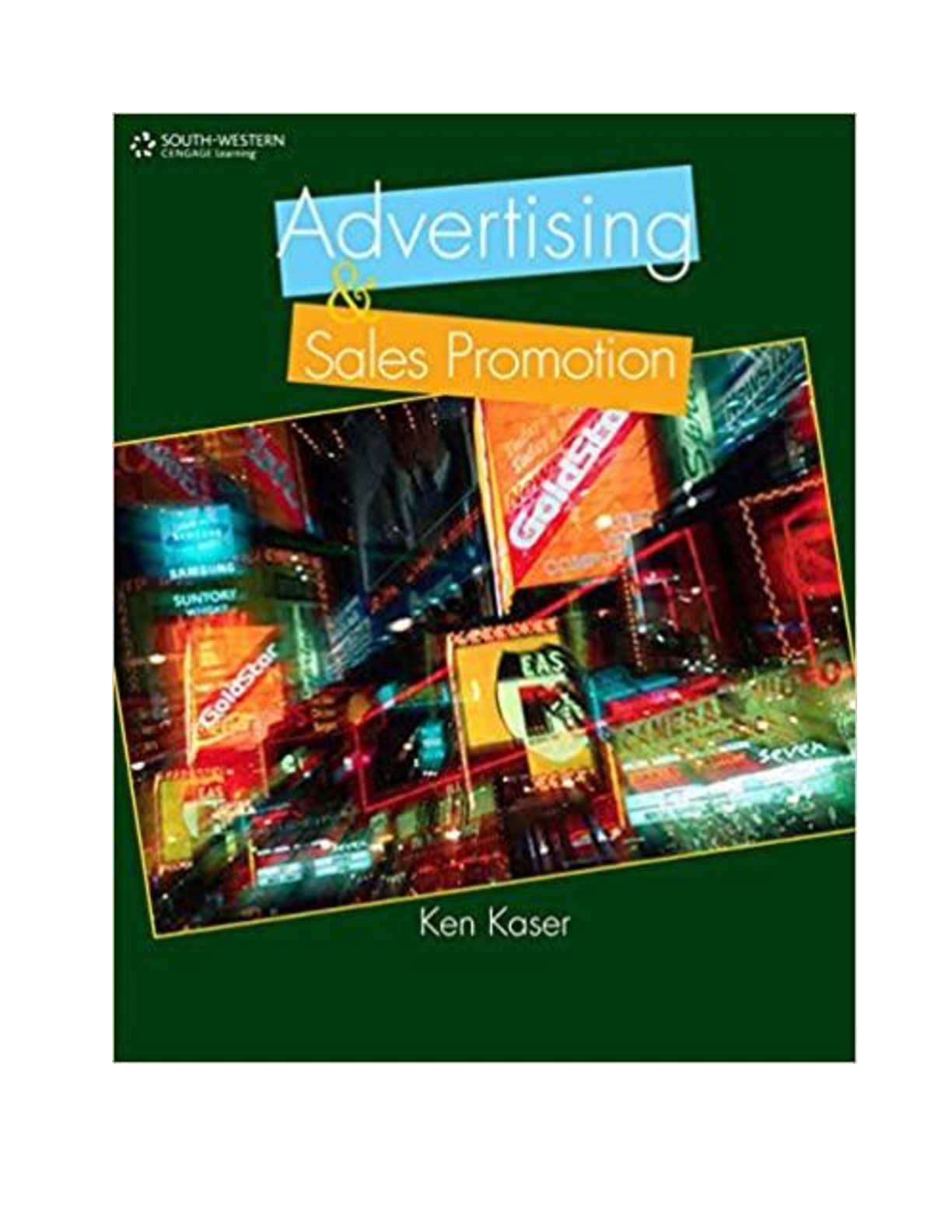


 Gary Donell, Clarence Byrd, Ida Chen.png)



